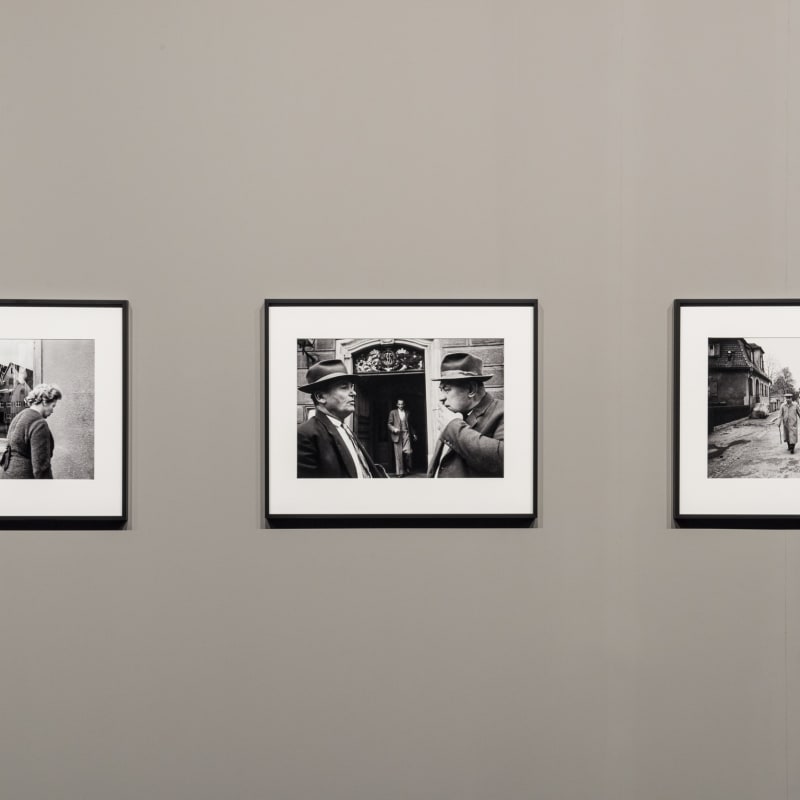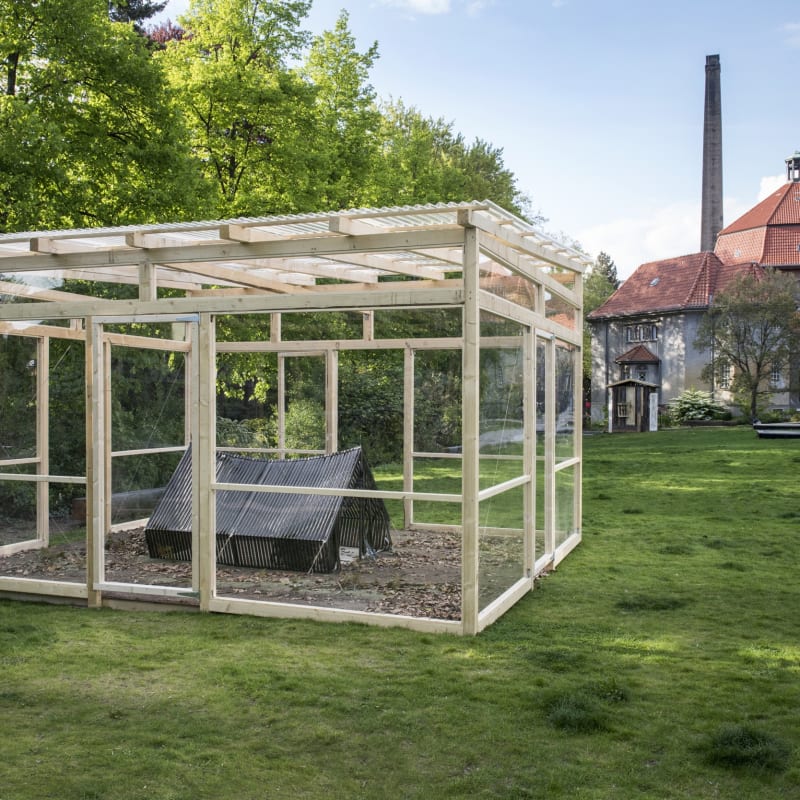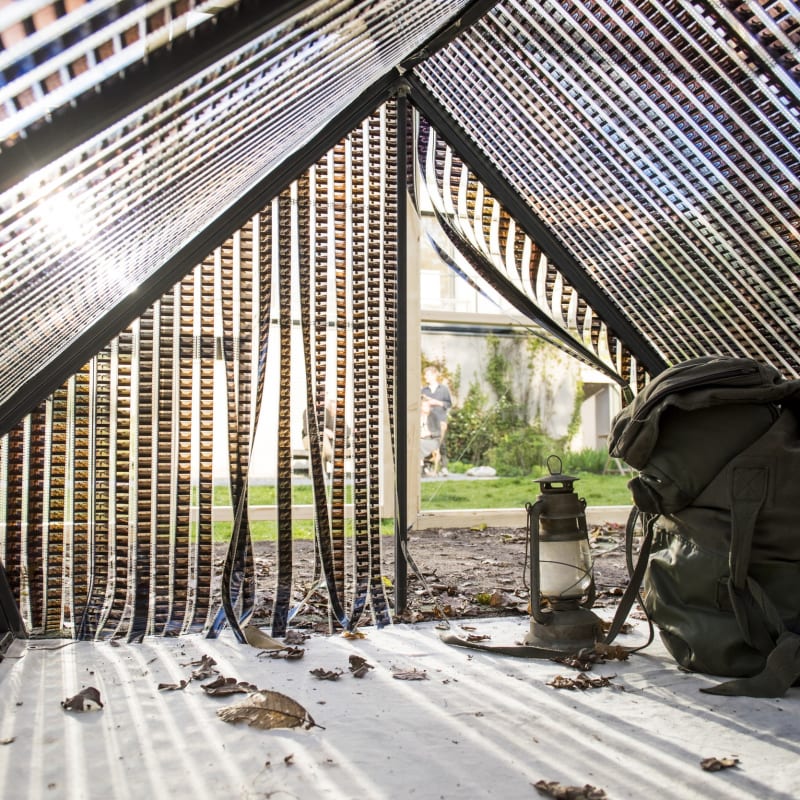silent green present the most comprehensive solo exhibition in Germany to date on the third and last creative period of the French filmmaker, photographer and visual artist Agnès Varda, who died in 2019.
Varda is regarded as one of the most influential creative personalities of our time, who reinvented herself constantly in the course of her life's work, which spanned more than six decades. However, the third creative period of the modern film pioneer is less well known in Germany. It began in 2003 at the Venice Biennale and comprises installation works that reflect Varda's joy in experimenting between documentary and the fiction formats, her poetic, abstract realism and her sensitive observations of socio-political issues in various visual media.
The exhibition presents photographs, films and video formats that Varda combined to create cross-media installations. Playing with the still and moving image, with genres, matter and forms of representation, Varda constantly opens up new dimensions and transitions. She created works that are dedicated to the magic of the supposedly banal and give new meaning to what is seen as discarded, both in terms of content and through recycled materials.
OutdoorAs a world premiere, Une Cabane de cinéma: La Tente de Sans toit ni loi / A Cinema Shack: The Tent of Vagabond will be set up and exhibited on our lawn, a "cinema tent" made of 35-mm film strips from Varda's film, refuge inspired by that very film. The second work is Le Tombeau de Zgougou dans sa cabane / Zgougou's Grave in Its Shack, a video installation in a shack built from recycled materials that takes visitors to the grave of Varda's beloved cat on the island of Noirmoutier.
KuppelhalleBesides the main exhibition at Betonhalle and the two cinema shacks on the lawn, a very special installation will be on display in our Kuppelhalle from July 10 to 20: Hommage aux Justes de France / Homage to the Righteous of France, a work commemorating the "Justes", those often forgotten who saved the lives of Jews during the German occupation of France, risking their own lives in the process. In 2007, the work entered the Panthéon in Paris and has since become an important memorial to the Second World War.












